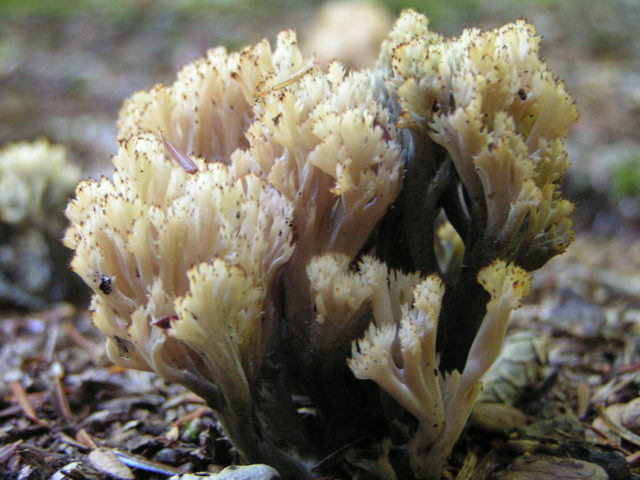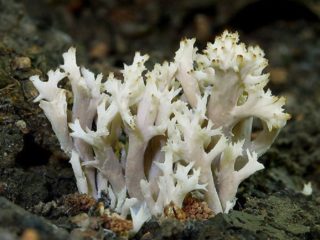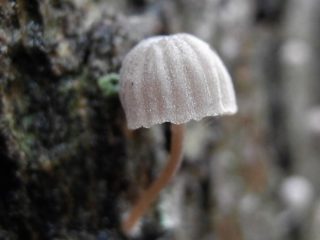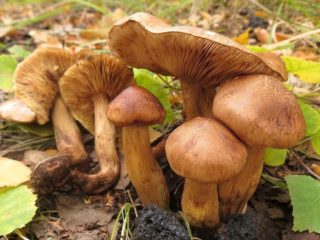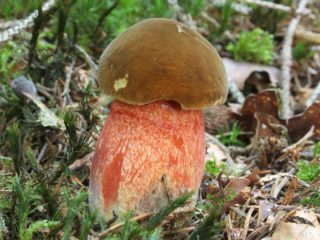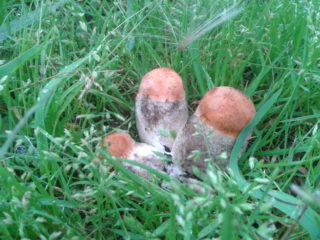Content
Clavulina coralloides (comb comb) is listed in biological reference books under the Latin name Clavulina coralloides. Agaricomycete belongs to the Clavulinaceae family.
What do coral clavulines look like?
Comb horns are distinguished by their exotic appearance. These representatives of the fungal kingdom are shaped like corals, hence the name of the species. The color of the fruiting body is white or light beige with fawn and dark brown tips.
External characteristics:
- The fruiting body does not have a clear division into a stem and a cap; it is highly branched at the base, the trunks are flat, up to 1 cm wide, ending in a shapeless ridge.
The branching of the fruiting body can be compact or expanded
- Numerous processes of ridges of varying thickness and length with pointed tips that contrast with the overall color; they have a well-defined dark color.
- The structure of the fruiting body is hollow, brittle; adult specimens at the highest point can reach 10 cm.
- The leg of the cattail is short and thick, rising above the soil surface within 5 cm.
- The color at the base is darker than near the branch, the structure is fibrous, the inner part is solid.
- The surface of the entire fruiting body is smooth, with a glossy tint.
- Spore powder is white.
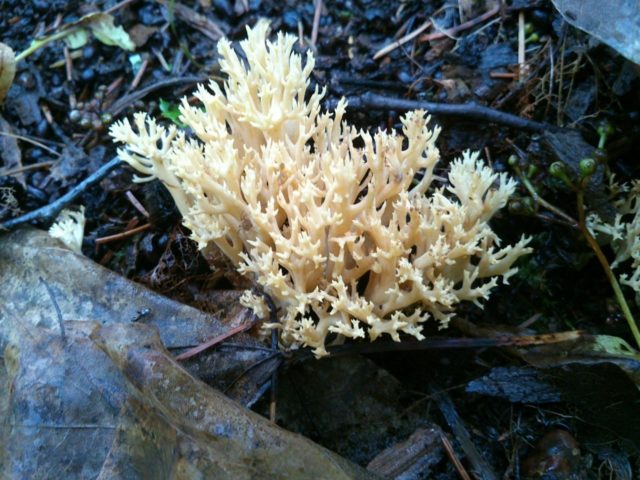
Instances with repeating forms are practically never found, each of them is unique
Where do clavulina coralliformes grow?
Mushrooms of this species are not tied to a specific climatic zone; clavulina can be found in both warm and temperate zones. It grows on the trunks of fallen trees in dense groups. It lives on the deciduous and coniferous forest floors of mixed forests solitary or scattered, forming a few colonies in the form of “witch circles.” It rarely settles in open clearings located deep in forests. The main fruiting period occurs at the end of summer and lasts until September-October.
Is it possible to eat coral clavulins?
The pulp of these representatives of the mushroom kingdom is fragile, odorless, the taste can be neutral, but more often bitterness is present. Officially, the comb-shaped horned mushroom is classified as an inedible mushroom.The chemical composition does not contain toxins, so some sources indicate that consumption is allowed. The nutritional quality of coral clavulina is very low. Apart from its exotic appearance, it has no value and is not in demand among mushroom pickers.
How to distinguish clavulina coralliformes
Clavulina coral has an external resemblance to several mushrooms, one of them is beautiful ramaria. There are specimens that are 2 times taller and larger in diameter than comb-shaped horntails. It is distinguished by different colors, the base is whitish, the middle is pink, the top has an ocher tint. When pressed, the damaged area quickly darkens.
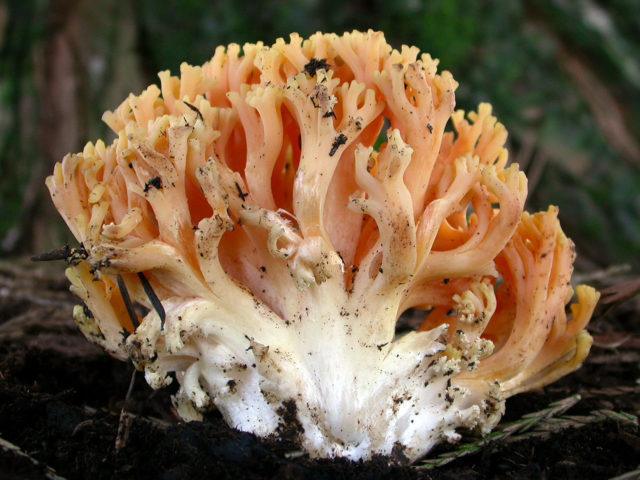
The upper part of the ramaria is presented in the form of short and thick shoots
Clavulina rugosa is a conditionally edible variety. The branching is weak, the processes are thick at the ends and do not form ridges. The surface is light gray or white with numerous large wrinkles.
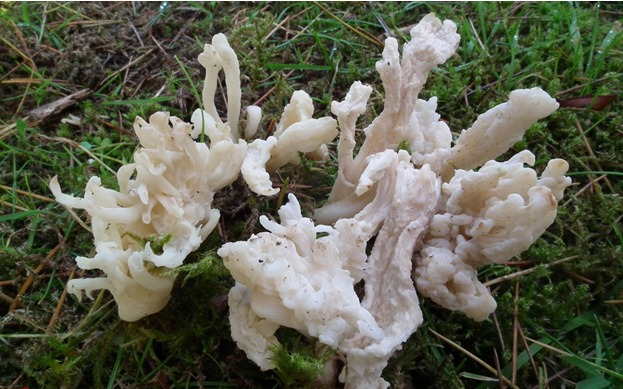
Sometimes it takes on a horn-like shape with rounded, blunt tops
Ash-gray clavulina is often found in Eastern Siberia, bearing fruit from late summer until the first frost. Forms numerous families. The fruiting body is branched, with chaotically directed processes, with bright or dark colored apices; there is no ridge.
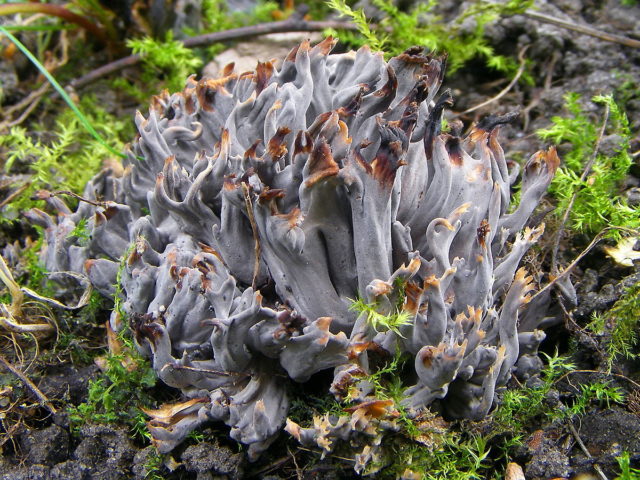
The color is never white, differs from its family by being colored in all shades of gray
Conclusion
Clavulina coral is characterized by a wide distribution area and abundant fruiting. It grows singly - in bunches or forms colonies from the beginning of August to the end of September.It is an inedible mushroom with low nutritional value. It can be found in open areas among short grass, on moss and leaf litter, and the saprophyte also forms dense groups on the trunks of fallen trees.
